Bushynose pleco - Ancistrus temminckii
Scientific name: Ancistrus temminckii
Common name: Bushynose pleco
Family: Loricariidae
Usual size in fish tanks: 13 - 15 cm (5.12 - 5.91 inch)
014
Recommended pH range: 6 - 7.3
Recommended water hardness: 4 - 18°N (71.43 - 321.43ppm)
0°C 32°F30°C 86°F
Recommended temperature range: 21 - 27 °C (69.8 - 80.6°F)
The way how these fish reproduce: Spawning
Where the species comes from: South America
Temperament to its own species: peaceful
Temperament toward other fish species: peaceful
Usual place in the tank: Bottom levels
Introduction
The Bushynose Pleco, also known as the Bristlenose Pleco, is a popular bottom-dwelling fish among aquarists. Native to South America, this species is renowned for its algae-eating capabilities, making it an excellent addition to community tanks. Unlike common plecos, the Bushynose Pleco remains a manageable size, reaching a maximum of 15 cm (5.91 inches), making it ideal for most home aquariums.
Food and Feeding
Primarily herbivorous, the Bushynose Pleco thrives on algae, which it scrapes off surfaces in the tank. However, aquariums may not always provide sufficient algae to meet their dietary needs. Supplement their diet with high-quality algae wafers, zucchini, cucumber, peas, and spinach. Occasionally, provide protein-rich treats like bloodworms or shrimp pellets to ensure balanced nutrition. Feed them during the evening when they are most active.
Origin
Native to the rivers and streams of Guiana and Suriname in South America, Ancistrus temminckii inhabit slow-moving, well-oxygenated waters with plenty of hiding spots created by driftwood and rocks. Replicating these conditions in the aquarium is crucial for their well-being.
Sexing
Male Bushynose Plecos are slightly larger than females and possess more pronounced bristles on their noses, especially as they mature. Females may exhibit fewer and shorter bristles, which are less noticeable.
Breeding
Breeding Bushynose Plecos is relatively straightforward in home aquariums. Provide rock or log caves as spawning sites. The female lays up to 200 eggs, attaching them to the cave ceiling. The male then assumes responsibility for guarding the eggs and fry, fanning them with his fins to maintain oxygenation. The eggs hatch within 10 days, and the fry will absorb their yolk sacs in 4 days. Once free-swimming, feed the fry with crushed algae wafers and blanched vegetables.
Lifespan
With proper care and a well-maintained environment, the Bushynose Pleco can live up to 12 years, making it a long-term companion in your aquarium.
Tank Setup
To create an ideal habitat for the Bushynose Pleco, use a sandy or smooth gravel substrate to protect their delicate barbels. Include driftwood, caves, and plants to provide hiding spots and shaded areas. Maintain water parameters within their preferred range: pH 6.0-7.3, hardness 4-18°N, and temperature 21-27°C (69.8-80.6°F). Regular water changes and efficient filtration are essential to keep the tank clean and oxygenated.
Compatibility
The Bushynose Pleco is a peaceful fish that thrives in community tanks with other non-aggressive species. Ideal tankmates include tetras, rasboras, gouramis, and other peaceful South American species. Avoid keeping them with overly territorial or aggressive fish that may disrupt their calm nature.
Short Description
The Bushynose Pleco is a hardy and manageable-sized algae eater, well-suited for freshwater aquariums. Its unique bristled appearance and excellent cleaning abilities make it a favorite among aquarists. Ensure a well-structured tank with hiding places and a varied diet to see these fascinating fish thrive.
Pictures
Bought by aqua-fish.net from jjphoto.dk.
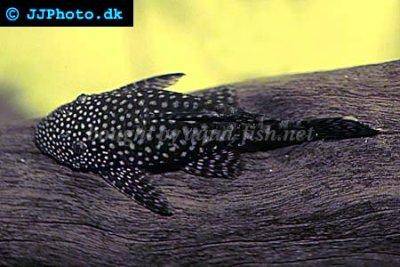





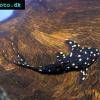 Adonis
Adonis  Lyre
Lyre 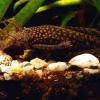 Bristlenose
Bristlenose 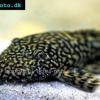 Gold
Gold 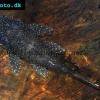 Bushymouth
Bushymouth 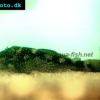 Spotted
Spotted  Medusa
Medusa 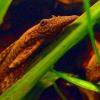 Bristlenose
Bristlenose 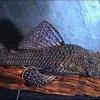 Starlight
Starlight 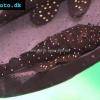 Spotted
Spotted  Catfish
Catfish 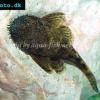 Bristlenose
Bristlenose 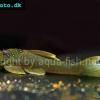 Green
Green 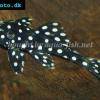 LDA-33
LDA-33 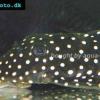 Snowflake
Snowflake 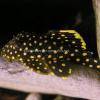 Gold
Gold 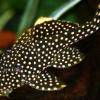 Gold
Gold  Bulldog
Bulldog  Dasyloricaria
Dasyloricaria 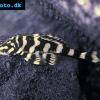 Butterfly
Butterfly 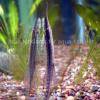 Whiptail
Whiptail 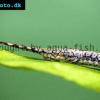 Amazon
Amazon 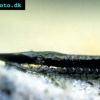 Twig
Twig 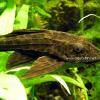 Spotted
Spotted 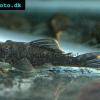 Spotted
Spotted 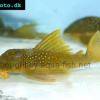 Lemon
Lemon 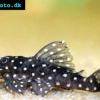 Pleco
Pleco 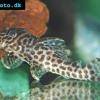 Peruvian
Peruvian 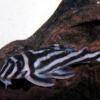 Zebra
Zebra 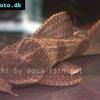 Pleco
Pleco 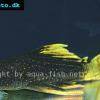 Hypostomus
Hypostomus 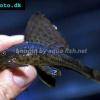 Pleco
Pleco 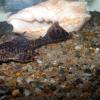 Suckermouth
Suckermouth 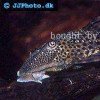 Spotted
Spotted 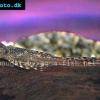 Woodeating
Woodeating 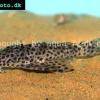 Golden
Golden  Sultan
Sultan 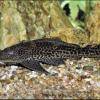 Multiradiatus
Multiradiatus  Marbled
Marbled 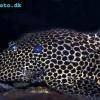 Pleco
Pleco 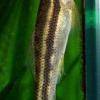 Dwarf
Dwarf 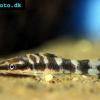 Dwarf
Dwarf 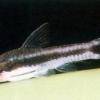 Dwarf
Dwarf 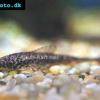 Oxyropsis
Oxyropsis 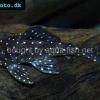 Orange
Orange 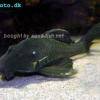 Blue
Blue 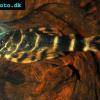 Clown
Clown 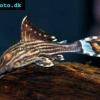 Royal
Royal 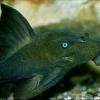 Blue
Blue 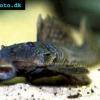 Rubber
Rubber  Goby
Goby 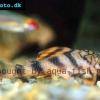 Wormline
Wormline 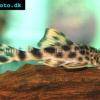 Para
Para 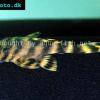 Tiger
Tiger 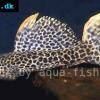 Leopard
Leopard 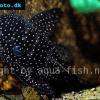 Spiny
Spiny 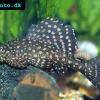 Marbled
Marbled 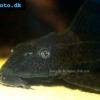 Amazon
Amazon 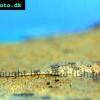 Common
Common 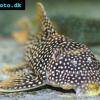 Sunshine
Sunshine 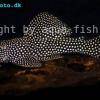 Golden
Golden